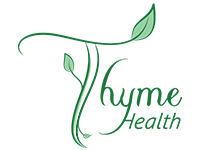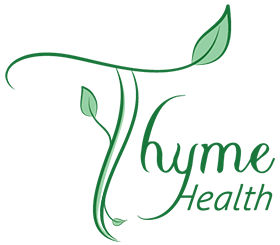Osteopathic Medicine

Osteopathy, or Osteopathic Medicine, is a form of conventional Western medicine, founded by Dr. Andrew Taylor Still MD in 1874 in Kirksville MO. He was disillusioned by the shortcomings of Western medicine at the time, after losing his wife and four children to spinal meningitis. He began to study the intricacies of human anatomy and physiology and formulated four tenants that would be the foundation of a new medical art and science which he called Osteopathy.
These four tenants are:
- The human being is a dynamically functioning Unit
- The body is capable of self-regulating, self-healing, and health maintenance
- Structure and function are reciprocally interrelated
- Rational treatment of health requires the understanding and application of the previous three tenants
To learn more about these tenants and Osteopathic Medicine contact either our Pacifica CA or our Lafayette CA locations to speak with our team.
Osteopathic Medicine Information
In its traditional application, Osteopathy was first and foremost a manipulative practice, normalizing strains and misalignment of the musculoskeletal system (called somatic dysfunctions) to improve blood and lymphatic flow, neurologic function, and optimize overall energy expenditure of the human body to improve immune, neurologic and visceral function. Medications and surgical intervention were an important part of acute care, however, saved as a last resort in most situations. Many other physical modalities like chiropractic medicine, physical therapy, and most massage techniques including craniosacral therapy were all born out of Osteopathy. Osteopathic Manipulation is generally received as a deeper and more integrated treatment for each individual patient, while still feeling more gentle compared with some of those other modalities.
As Osteopathic medicine evolved from the first graduating class in 1894, over the course of the next 120 years, Osteopathic Physicians (awarded a DO degree) now practice medicine side by side with their allopathic (MD) counterparts in every medical specialty in every state of the country. The majority of these physicians practice conventional medicine, with less than 10% continuing to use the manipulation techniques taught to normalize structure and optimize anatomic and physiologic function.
Today, physicians who use osteopathic manipulation in their practice are generally considered specialists in the field of Osteopathic Neuromusculoskeletal Medicine and treat everything from musculoskeletal pain such as back, neck, rib, hip pain, and headaches to neurologic, visceral, and autoimmune conditions. One way to conceptualize osteopathic treatment is that it is a way for traumatic forces that are held within a patient's body, whether they be physical, chemical, electrical, emotional, or in any other form, to be released through precise and intentional interaction with the myofascial system. Patients often find Osteopathy after being put through the wringer of the conventional medical system without adequate results, and Osteopathy can often help support their own healing ability to increase their functional state naturally.
OUR LOCATIONS:
Pacifica CA
P: (650) 380-0089
F: (415) 373-3871
Lafayette CA
P: (650) 380-0089
F: (415) 373-3871


